Today 3-D imaging fans around the world celebrate for the first time, International Stereoscopy Day!
The day-long celebration, to commemorate the official presentation of the stereoscope (3-D viewer) by its inventor Sir Charles Wheatstone, is led by Denis Pellerin and Rebecca Sharpe, curators at the Brian May Archive of Stereoscopy (‘BMAS’). Yes, one of Queen’s founding members (and Doctor of Astrophysics) is an avid fan of 3-D photography! Together, they aim to bring more awareness to the magical, historical and modern contributions stereoscopy can bring to both art and science.
Brian May said, ‘This is an exciting new step for Stereoscopy, and I’m grateful to Denis Pellerin and Rebecca Sharpe, curators of the BMAS, for not only coming up with the idea, but putting it into action at such a high level. Stereoscopy Day will be a celebration everyone can share of the unique position 3D imaging occupies in the world today, embracing art and science, and extending humankind’s vision and understanding of the world around us.’
Most events will take place today, with some following in the next few days, across multiple organizations and sites. You can find a listing on the main event page here, published by the Brian May Archive of Stereoscopy (“BMAS”). There will be talks, presentations, meetings, interactive displays, workshops, exhibitions and even special discounts available. (Source BMAS)
Everyone is invited to participate. You can join the buzz on social media and tag @BrianMayArchiveOfStereoscopy (Instagram), @londonstereo and @brianmayforreal and use the hashtag #StereoscopyDay!
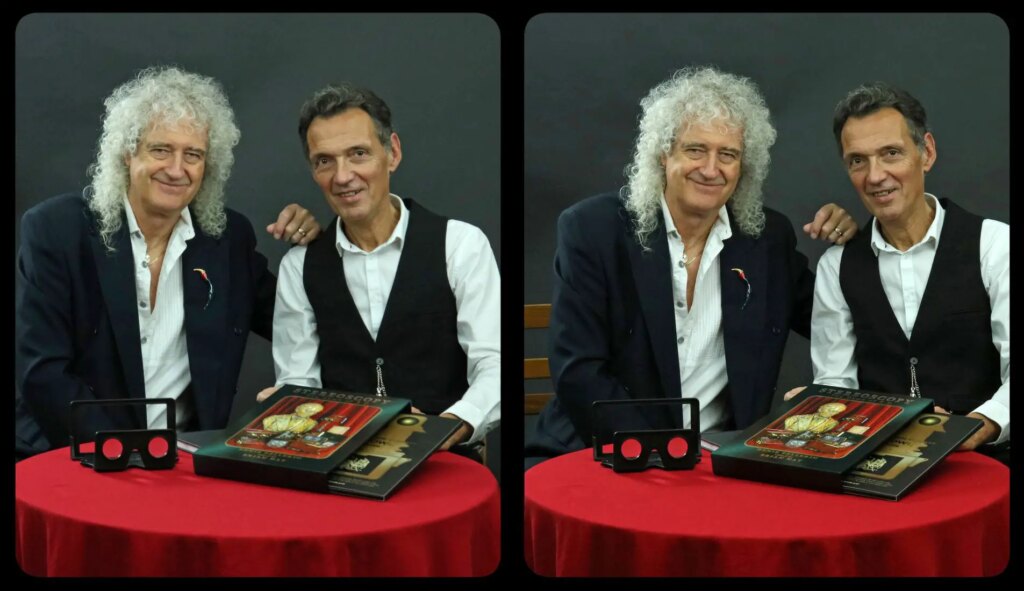
So what is stereoscopy exactly? and where did it come from?
Stereoscopy is a technique of creating a 3D viewing experience by using two photographs, taken from two slightly different perspectives. It was invented in 1838 by Sir Charles Wheatstone, a British physicist born near Gloucester. The day selected for the celebration of this was, by no small coincidence, the same day the King’s College professor presented his stereoscope and binocular vision theory to the Royal Society of London.
Denis Pellerin (BMAS curator) explained, ‘Stereoscopy was invented nearly 200 years ago and yet most people still do not know about its creator, its history, its past or its present, and have no idea of the magic it holds. We have two eyes for a reason, and we generally take it for granted that we see the world in its three dimensions. It’s high time we paused to marvel at the miracle of 3D vision and to (re-) discover how it can be replicated thanks to stereoscopic 3D. At a time when traveling was fairly dangerous and reserved to the wealthy few, the Victorians yearned to discover the world as it really was, in its full roundness. Thanks to [Charles] Wheatstone’s work on binocular vision, and to his stereoscope, it became possible for nearly everyone to become an armchair traveler and see the wonders of our planet as if they were there, yet without leaving their fireside. In the 21st century, Stereoscopy can still take you to wonderful places and enable you to escape into parallel realities or even fantasies. It literally opens a window into different worlds, and with the passing of decades stereo images have become a wonderful time machine. This is why Stereoscopy should be celebrated over and over again.’
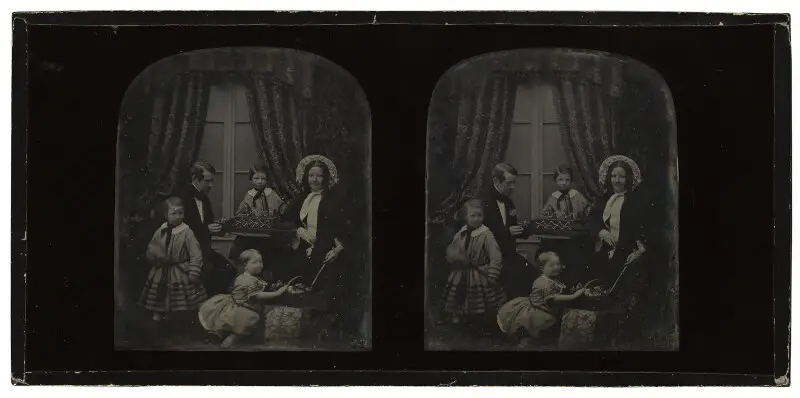
Further Reading and Viewing Resources
If that hooked you in, a great place to start reading more about stereoscopy is here on 35mmc!
Rebecca Sharpe, founder of the Stereoscopy Blog and curator at the BMAS, wrote a wonderful and thorough introduction to stereoscopic photography here. She explains in terms easy for a beginner such as myself to understand. I consider it highly recommended if not essential reading for anyone interested.
Then, for a fun personal account, read Sroyon’s article here about his wonderful journey into stereoscopy. It kicked off my own rabbit hole of an experience!
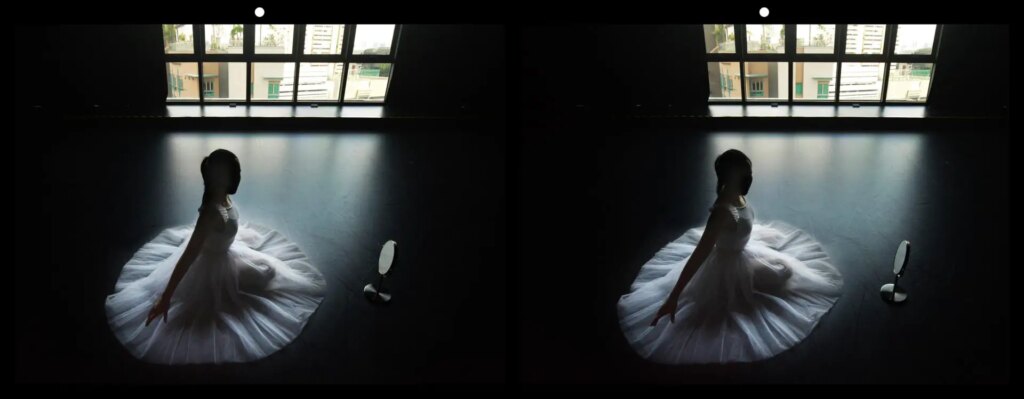
Stereoscopic 3D Camera Choices
There are several camera options to help you create these joyful 3D images.
Starting with something you likely already own, stereoscopic 3D can begin with a smartphone. Brian May demonstrates how to create a stereoscopic image with a smartphone over on his Youtube channel.
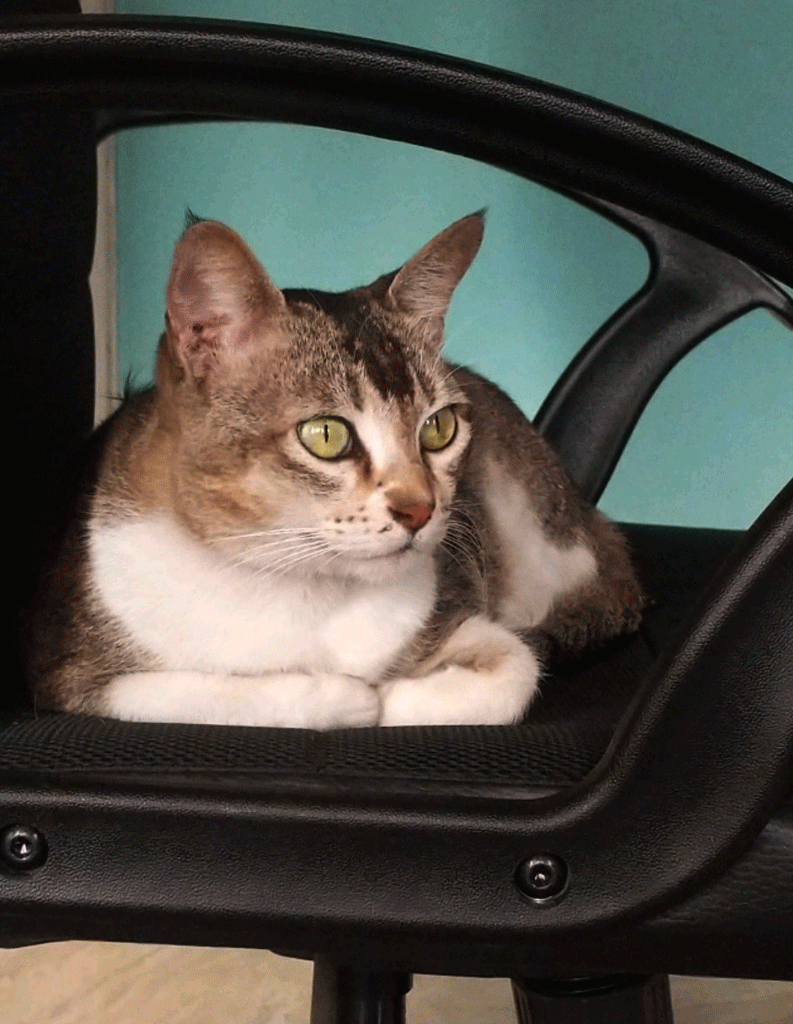
There is also a new digital camera made by Kandao which was funded by a Kickstarter campaign available here, the QooCam EGO.
Rebecca points out a few film camera options for stereoscopic 3D cameras if you want to go down an analogue route, ‘Analogue cameras include the Stereo Realist 35mm, Sputnik 120, Jules Richard Verascope 35mm, Kodak Stereo camera, etc.’ She has an entire blog post about it here.
There are also quadrascopic cameras, which create a 3D image with from four photographs. One perhaps notorious amongst film photography youtube viewers, the Nishika N8000. Jason, the man behind the well-known channel Grainydays, created a video about using the N8000 in Palm Springs, California, USA. Watch it here. Jason says in the video, ‘…this camera shoots four half frame images in the same split second from four different angles so that you can later take the images and post them all together in sort of a 3D wiggly composition, it’s pretty cool…’
Other quadrascopic choices include the more modern Reto 3D that came out in 2019 (funded by Kickstarter) or one of their older inspirations, a four-glass NIMSLO from the 1980s. Reto states, ‘Manufacturers ceased to produce many loving film cameras, leading to the pity not to find a fully functional one in today’s market. Therefore, our team always holds a belief to reinvent film cameras! We simply hope to make film photography flourish again, but creating affordable, well-tailored cameras.’
Happy Stereoscopy Day!
Sources:
(Source BMAS): Text courtesy of stereoscopyday.com/Brian May Archive of Stereoscopy
King’s College, London on Wheatstone
King’s College, Wheatstone Collection
Grainydays Youtube Video on the N8000
Share this post:
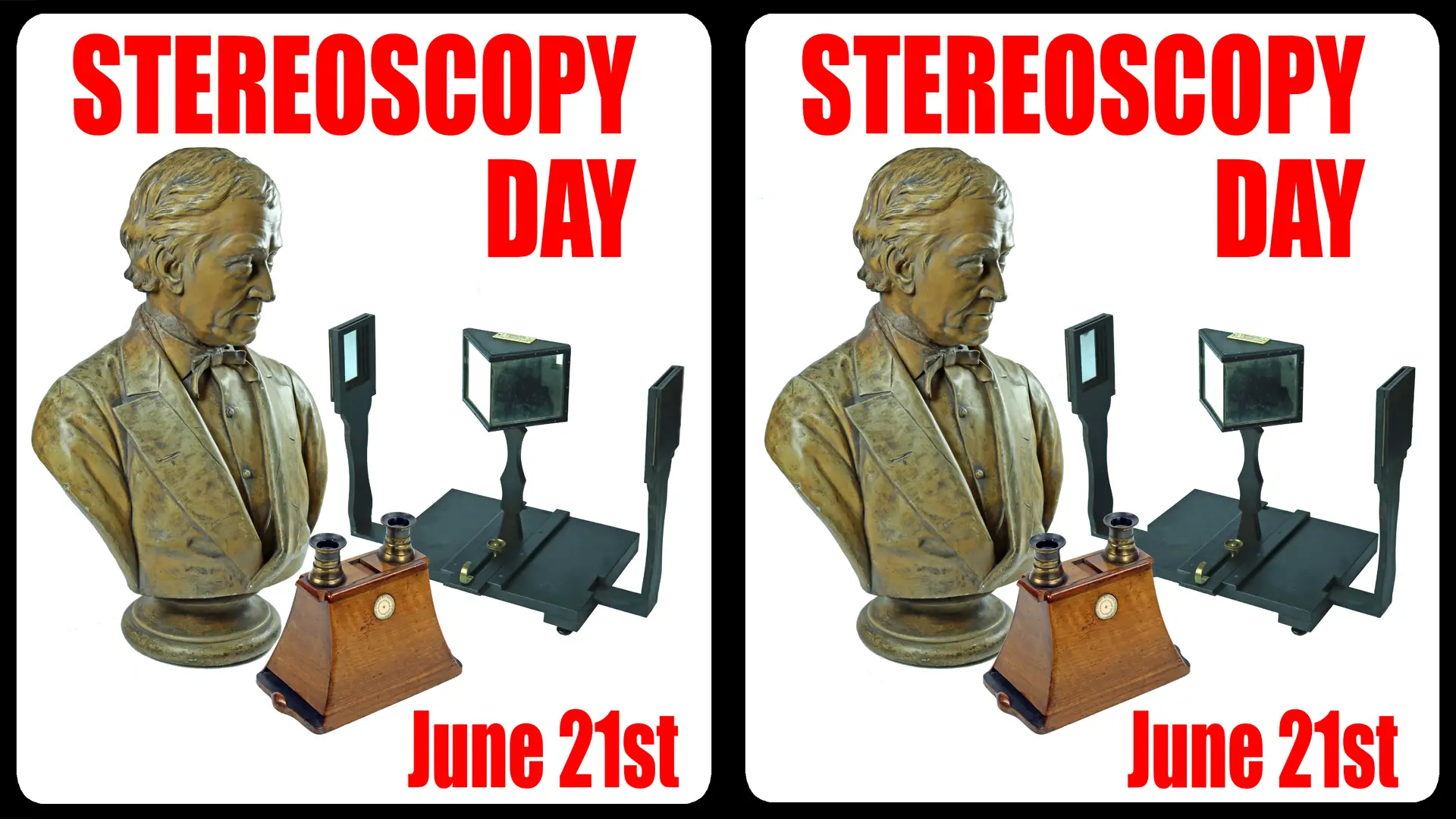








Comments
No comments found